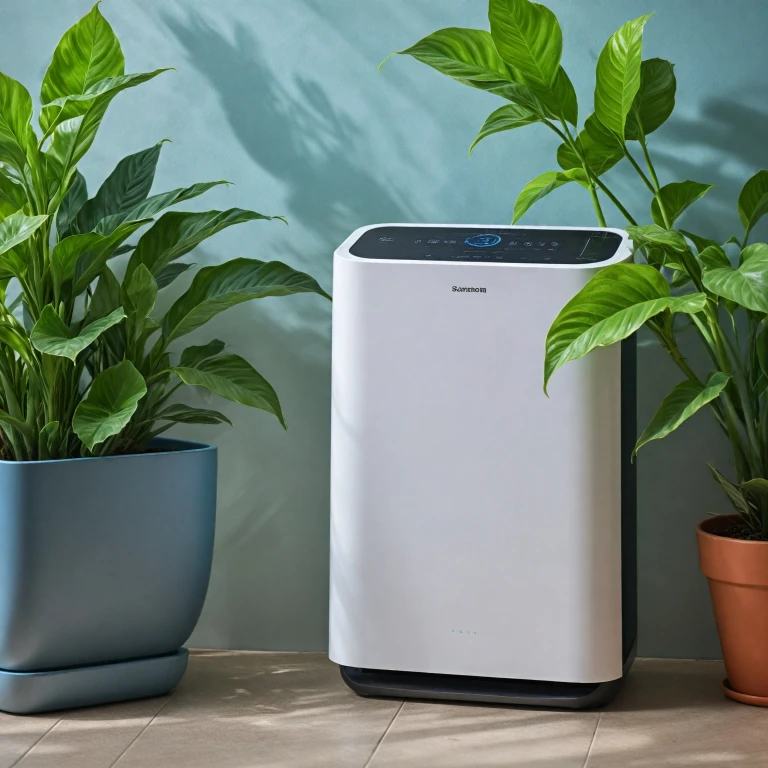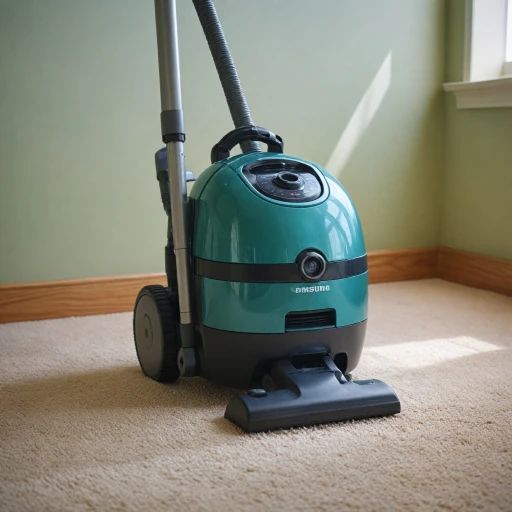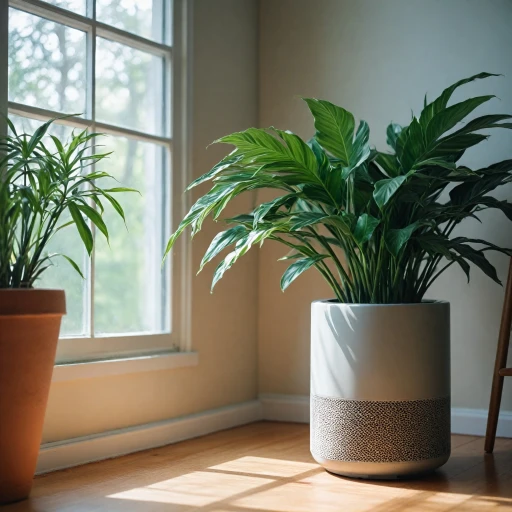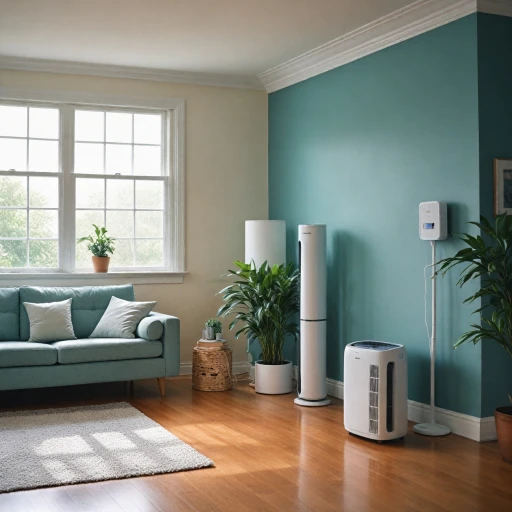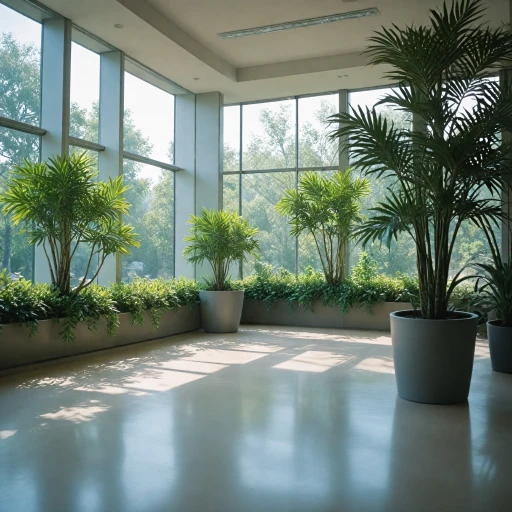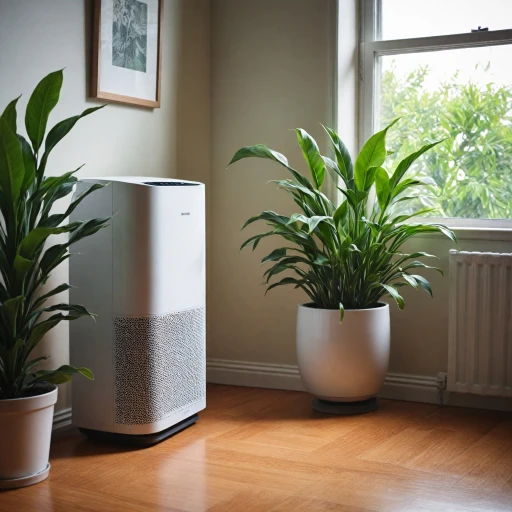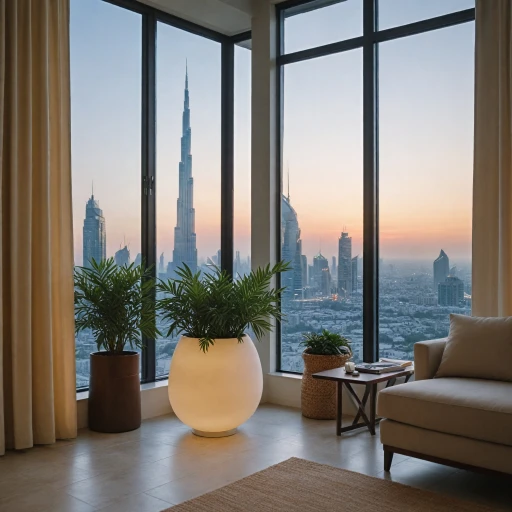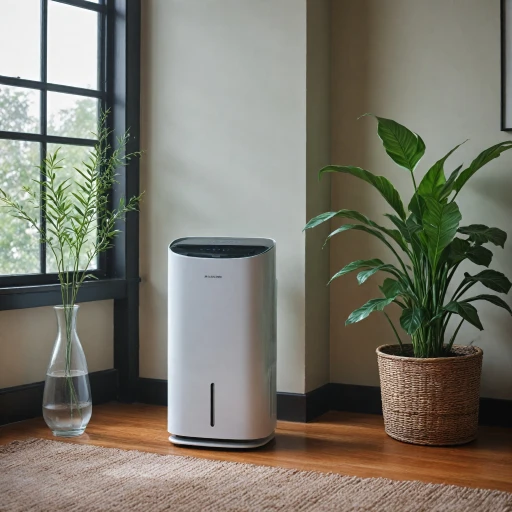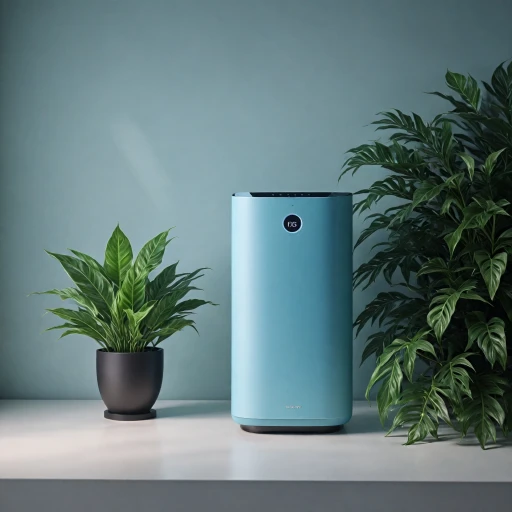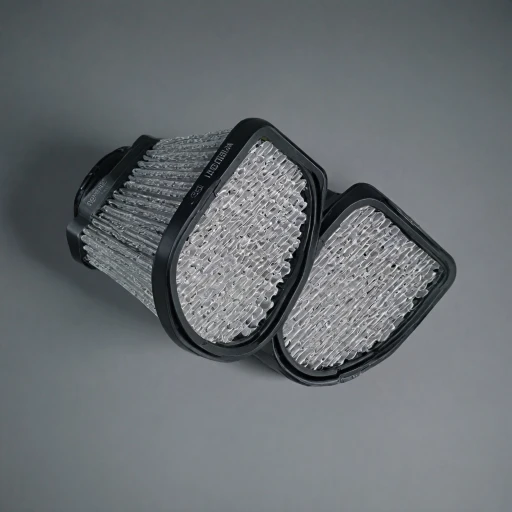
Purpose and Functionality
Understanding Air Purifiers and Dehumidifiers
When considering air purifiers and dehumidifiers, it’s crucial to identify their specific purposes and functionalities to determine which device suits your needs. Both devices aim to improve indoor air quality, but they achieve this in different ways.Air Purifiers: Improving Air Quality
Air purifiers focus on cleaning the air by removing particles such as dust, pollen, mold spores, and pet dander. Equipped with filters, like HEPA or activated carbon, these devices help reduce allergens and airborne contaminants, promoting a healthier environment for those with allergies, asthma, or other respiratory concerns. For more guidance on selecting the suitable purifier for specific needs, explore insights on choosing the right air purifier.Dehumidifiers: Managing Moisture Levels
On the other hand, dehumidifiers are designed to control the humidity levels within a room by extracting excess moisture from the air. This function can prevent the growth of mold and dust mites, which thrive in high humidity environments. By maintaining optimal humidity levels, dehumidifiers contribute to an indoor atmosphere that is not only comfortable but also less allergy-prone. Understanding these distinctions helps you make informed decisions about which device can best address your specific air quality goals, whether it involves allergen reduction, moisture control, or a combination of both. Furthermore, examining key components and technology will enhance your decision-making process, tailoring your choice to suit your personal environment and needs.Key Components and Technology
Technology and Components Uncovered
Air purifiers and dehumidifiers may appear similar due to their compact designs and placement within similar living spaces, but their key components and technologies significantly differ, each serving unique purposes. Air purifiers focus on removing particles from the air. At the heart of an effective purifier is often a HEPA filter, known for capturing 99.97% of dust, pollen, and pet dander down to 0.3 microns. This is crucial for maintaining indoor air quality, especially beneficial for those with allergies and asthma. Other purifiers incorporate activated carbon filters, which excel at eliminating odors and volatile organic compounds (VOCs), ensuring the room is filled with clean air. On the other hand, dehumidifiers are specifically designed to manage humidity levels within indoor spaces. By extracting excess moisture from the air, these devices effectively prevent mold growth and reduce allergens like dust mites. Components typically include a refrigerant cooling system and a collection bucket for the condensed water, directly addressing high humidity conditions. Understanding these core technologies can greatly assist in determining the right equipment for your indoor environment. Whether the goal is to improve air quality via a filter or to address moisture levels, both technologies serve distinct yet equally valuable roles in enhancing health and comfort. For those exploring options, it's worth noting there are hybrid models available that combine both functionalities. However, evaluating your specific needs will guide you best in selecting the appropriate device. For tailored advice, consider visiting Choosing the Right Compact Air Purifier for Your Bedroom for more insights.Impact on Health and Comfort
Enhancing Indoor Wellness and Comfort
Indoor air quality is a critical factor that influences our overall health and comfort. While air purifiers and dehumidifiers both play roles in improving indoor conditions, they address different aspects of air quality. Air purifiers primarily aim to reduce pollutants such as dust, pollen, and pet dander. Equipped with HEPA filters, these devices are effective in removing allergens and other small particles from the air, which can significantly benefit individuals with allergies or asthma. Dehumidifiers, on the other hand, focus on reducing excess moisture levels in the air. High humidity levels can lead to mold growth and other issues like dust mites that may compromise health. By maintaining optimal humidity levels, dehumidifiers help prevent these issues, ensuring a more comfortable and healthy indoor environment. The impact of using these devices can be profound. For instance, a purifier can reduce respiratory irritation caused by airborne particles and improve overall air quality, contributing to better health outcomes. Dehumidifiers specifically combat high humidity to create an environment less conducive to mold and allergens, ultimately enhancing comfort and health. Choosing a device that aligns with your specific needs involves considering the dominant issues in your indoor space. For clean air enthusiasts, exploring the best air purifiers on Fintech Zoom can provide insightful options tailored to specific filtration needs.Energy Consumption and Efficiency
Assessing Energy Use and Operational Efficiency
When considering the purchase of an air purifier or dehumidifier, a critical aspect to evaluate is their energy consumption and efficiency. These devices can significantly impact your electricity bill, so understanding their energy profiles is essential for making an informed decision.
Air purifiers typically vary in energy consumption based on their model and the technology they employ. HEPA (High-Efficiency Particulate Air) filters are common in many purifiers, and while highly effective at trapping particles like dust, pet dander, and other allergens, they can consume more power, particularly if left running continuously to maintain indoor air quality. Energy-efficient models often include settings that allow you to adjust the fan speed or use activated carbon filters, which can lower power usage while still effectively removing pollutants.
On the other hand, dehumidifiers also need to be evaluated for energy use, especially since they run for extended periods to control moisture levels in a room. The energy consumption of dehumidifiers is typically higher in spaces with high humidity levels, as they work harder to remove excess moisture from the air. To mitigate this, you can opt for energy-efficient models that have features like adjustable humidity settings or automatically shut off when optimal humidity levels are reached. Additionally, a dehumidifier air system that incorporates smart technology can help in conserving energy by operating only when necessary.
When comparing purifiers and dehumidifiers, it's crucial to consider not only their impact on electricity consumption but also their role in fostering a healthier indoor environment. Both devices have their distinct advantages, whether it's capturing allergens such as dust mites and dust pollen with an air purifier, or preventing mold growth and improving comfort by managing moisture air with a dehumidifier. This consideration ensures that you opt for a solution that meets your specific needs without causing hefty utility costs.
Maintenance and Longevity
Ensuring Longevity and Optimal Function of Your Device
Maintaining an air purifier or dehumidifier effectively extends its life and ensures it works as efficiently as designed. Here are some key practices that can help you keep these devices in top condition:- Regular Filter Replacement: Whether you’re using a purifier with a HEPA filter or dehumidifiers with dust filters, replacing them as per manufacturer guidelines is crucial. Clogged or old filters decrease effectiveness and may lead to poor indoor air quality or failing to remove allergens effectively.
- Cleaning Components: Regularly clean components such as dust filters or moisture trays. This prevents the build-up of dust mites, allergens, or mold growth, especially essential in regions with high humidity levels where indoor moisture encourages mold.
- Check for Wear and Tear: Periodically inspect purifiers and dehumidifiers for any signs of wear and tear. Timely repair of minor damages can prevent more significant issues.
- Monitor Performance: Pay attention to any changes in performance, like unusual noises or reduced efficiency in removing moisture or particles. This could hint at underlying problems needing professional attention.
Choosing the Right Device for Your Needs
Evaluating Your Needs for Optimal Air Quality
When choosing between an air purifier and a dehumidifier, it is vital to assess your specific requirements related to air quality and comfort. Each device serves different functions, addressing distinct environmental factors within your indoor spaces. Therefore, understanding your particular situation will guide you in making an informed decision.
Consider the following aspects to determine which device aligns better with your needs:
- Air Quality Issues: If your primary concern is the presence of dust, pollen, pet dander, and other airborne particles, an air purifier equipped with HEPA filters may be more suitable. HEPA filters efficiently capture particles and allergens, delivering clean air and improving indoor air quality.
- Humidity Problems: If your home experiences high humidity levels, leading to excess moisture, mold growth, or dust mites, a dehumidifier could be essential in reducing moisture air and promoting a healthier environment. A dehumidifier works by removing moisture from the air, bringing down humidity levels to comfortable ranges.
- Combination of Needs: In spaces where air quality and humidity levels both need to be managed, using both devices could be beneficial. You might find a combination of purifiers and dehumidifiers ensures optimal air quality and comfort throughout your home.
- Room Size: Pay attention to the manufacturer's recommendations for the size of the room each device can handle. Air purifiers and dehumidifiers are available in various capacities, ensuring efficiency in both small and large spaces.
- Energy Efficiency: Both air purifiers and dehumidifiers vary in energy consumption. It’s crucial to select a model that balances performance with energy efficiency to maintain your comfort while conserving resources over the long haul.
To make the most informed choice, evaluate your indoor environment's air quality and humidity levels systematically. Whether targeting allergens, moisture issues, or both, choosing the right device plays an integral role in enhancing indoor health and comfort.
